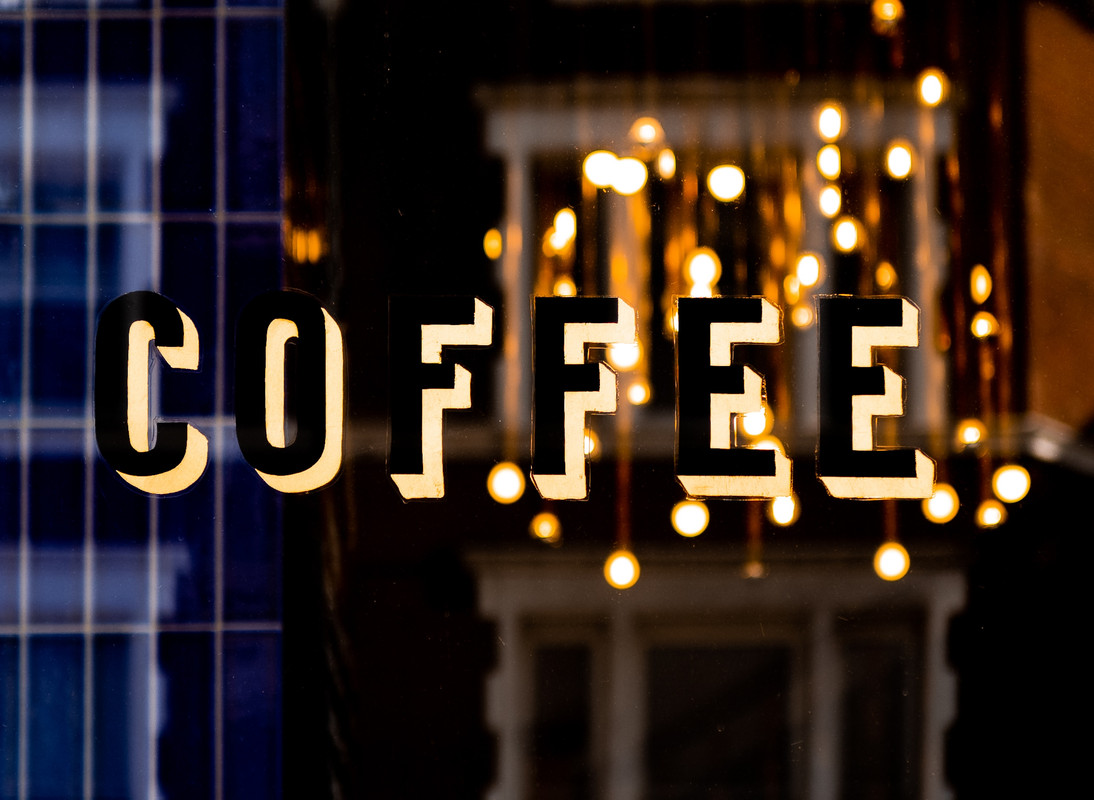Does a sign merely show the way or can it make a statement, infusing colour, style and perhaps even a touch of nostalgia? Pondering on the world of illuminated signs, it becomes crystal clear how these glowing beacons substantially contribute to the ambience, and visual appeal of our environments. Indeed, a well-lit sign can transform any dull corner, and today we're diving deep into the heart of this fascinating topic by exploring two of the most popular types: LED and Neon. So, what are the differences, the pros, the cons, and more importantly, which one is right for you?
The vivacious Neon, known for bringing a retro vibe, has long been a favourite for creating that classic diner look or the visual hook for a hip bar. In contrast, the suave LED, with its long-lasting and energy-efficient properties, has earned its place as the modern front-runner in sign lighting. But is there more than meets the eye? Let's unmask these illuminated wonders to help you make an informed decision.
In this detailed comparison, we will examine the specifics of these two lighting types, explore which might be more suitable for different environments and why, as well as their environmental impacts and overall functionality. Although this may seem a predominantly aesthetic choice, there are practical, economic, and even ethical considerations that must be factored in.
Lighting the Way: A Brief History of Neon and LED Signs

Neon lights have been a familiar sight in urban settings since the 1920s, first illuminating Parisian streets before glowing on Broadway. Synonymous with the glamour and glitz of the big city, neon signs offered a new way to stand out in bustling locales teeming with life after dark.
However, LEDs, or Light Emitting Diodes, emerged as a more practical and cost-effective solution in the modern age. First appearing in the early 1960s, LED signs were not widely adopted until the turn of the century. Their evolution continued, harnessing cutting-edge technology to provide an efficient, versatile, and increasingly popular alternative to neon.
The Showdown: LED Vs Neon
At a glance, LED and neon signs might appear similar. Both offer vibrant, eye-catching displays that can bring any design or message to life. But when one examines their inner machinations and performance, some striking differences emerge.
LED signs are unrivalled in terms of energy efficiency. Consuming only a fraction of the electricity required by a neon sign, LEDs can generate substantial savings over time. On the downside, they can appear harsh and overly bright, especially when compared to the soft, warm glow of a neon sign.
Neon signs, on the other hand, are famous for their distinct, vintage aesthetic. Their colourful, diffused light can create a unique, atmospheric effect that many find appealing. However, they consume far more electricity than LED signs, and their delicate components are often more vulnerable to damage and harder to repair.
Pros and Cons of LED Signs
LED signs have several advantages, most notably their longevity and efficiency. With a lifespan of around 50,000 hours, they outlast neon signs by a significant margin. The lower power consumption of LED signs also translates into sizeable cost savings, particularly for businesses that keep their signs illuminated for extended periods.
On the flip side, the initial costs of LED signs can be higher than their neon counterparts, and their overly-bright, sometimes harsh light might not suit environments seeking a softer, more intimate ambience.
Strengths and Weaknesses of Neon Signs
Neon signs excel in areas of aesthetics and design flexibility. Their spectacularly vibrant colours, along with their capacity for displaying intricate designs, often make them a favourite among artists and designers. The unique, vintage charm of neon can also lend a nostalgic, retro feel to any environment.
Conversely, they consume significantly more power and have a considerably shorter lifespan than LED signs, meaning they can be more expensive to operate and maintain in the long run. Besides, neon's fragile nature makes it more prone to breakage, posing a potential safety hazard and repair issues.
Balancing Aesthetics and Functionality

Admittedly the choice between LED and neon illuminated signs can often boil down to the visual aesthetic you're trying to achieve. However, it's crucial to consider the balance between looks and functionality. From an energy efficiency and durability perspective, LED signs clearly have the upper hand. While for those seeking a nostalgic or retro vibe to their space, the classic atmospheric glow of neon can often be the deciding factor.
Conclusion
In the end, the decision between LED and neon signs is not one-size-fits-all. Both types of illuminated signs have their inherent strengths and potential drawbacks. While LEDs are more energy-efficient and durable, neon signs offer a unique visual appeal that can turn the most ordinary of messages into a standout statement.
If you’re trying to reflect a modern, forward-thinking ethos, LED signs might be the preferred route. But if a vibe that veers toward an aesthetic steeped in nostalgia and a vintage charm suits your business better, a neon sign could be the perfect fit. It's a decision best left to the specific needs and aesthetics of each unique situation – a reminder that the joy of design lies as much in its diversity as in its beauty.

0 comments :
Post a Comment